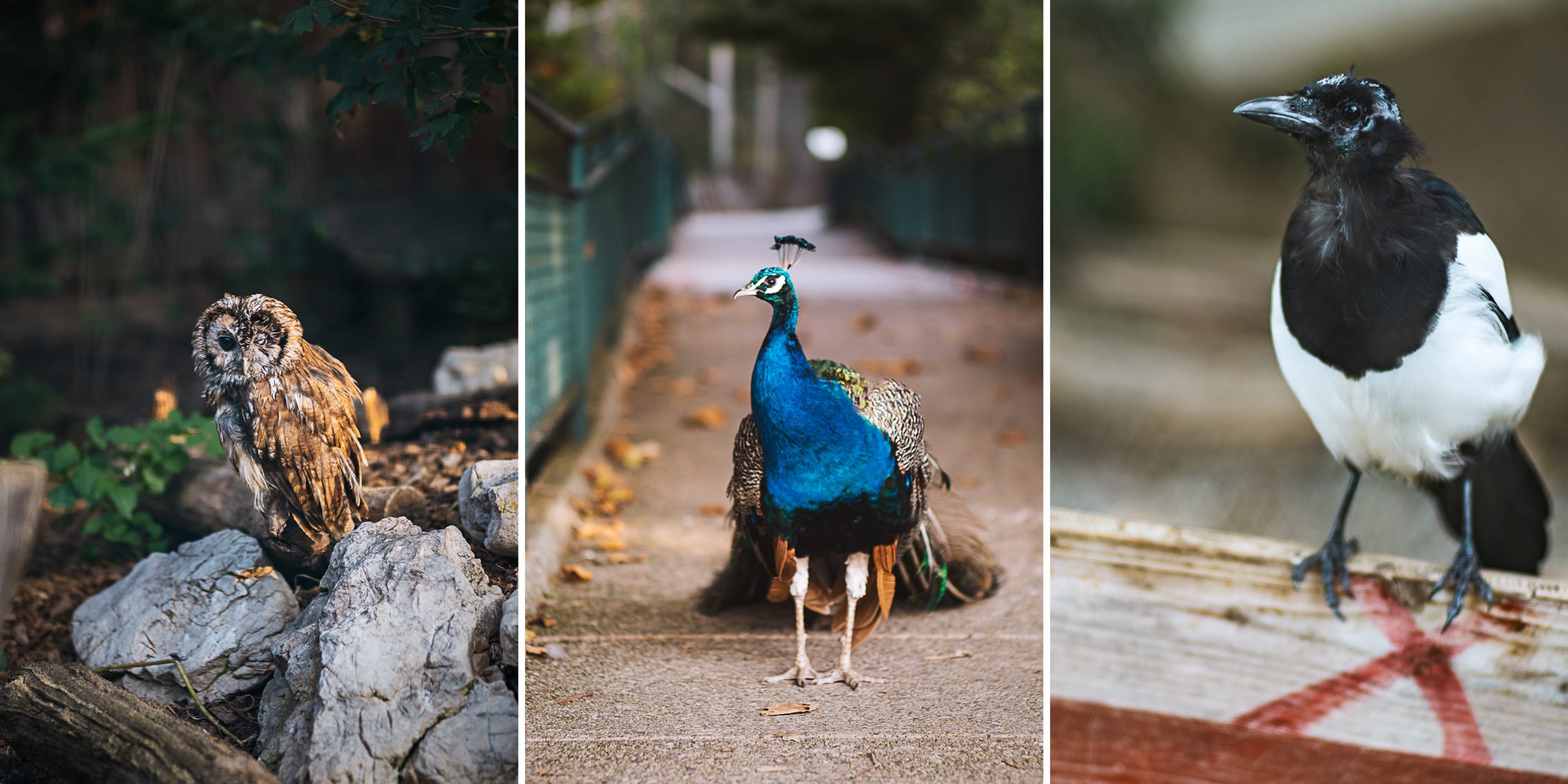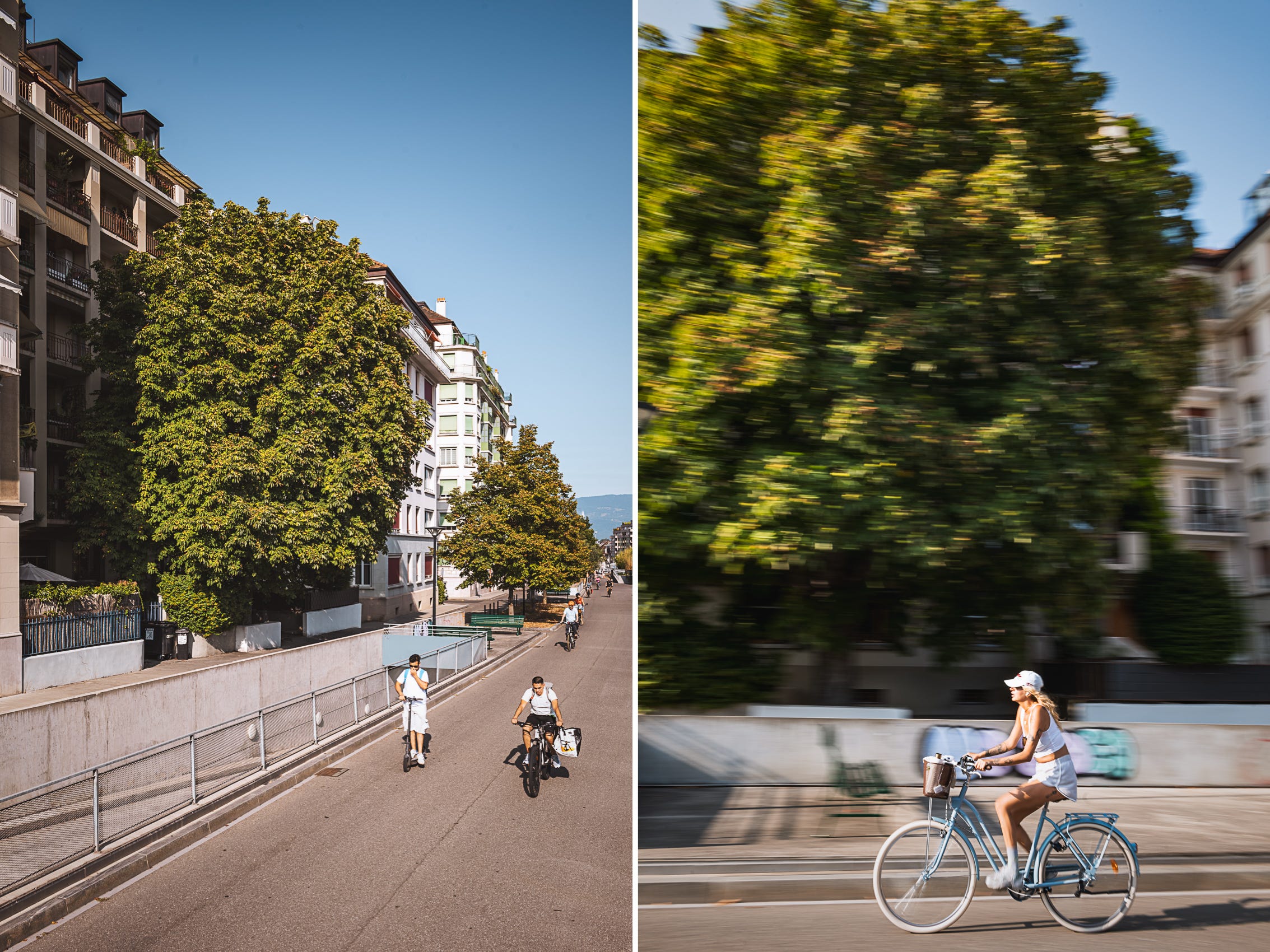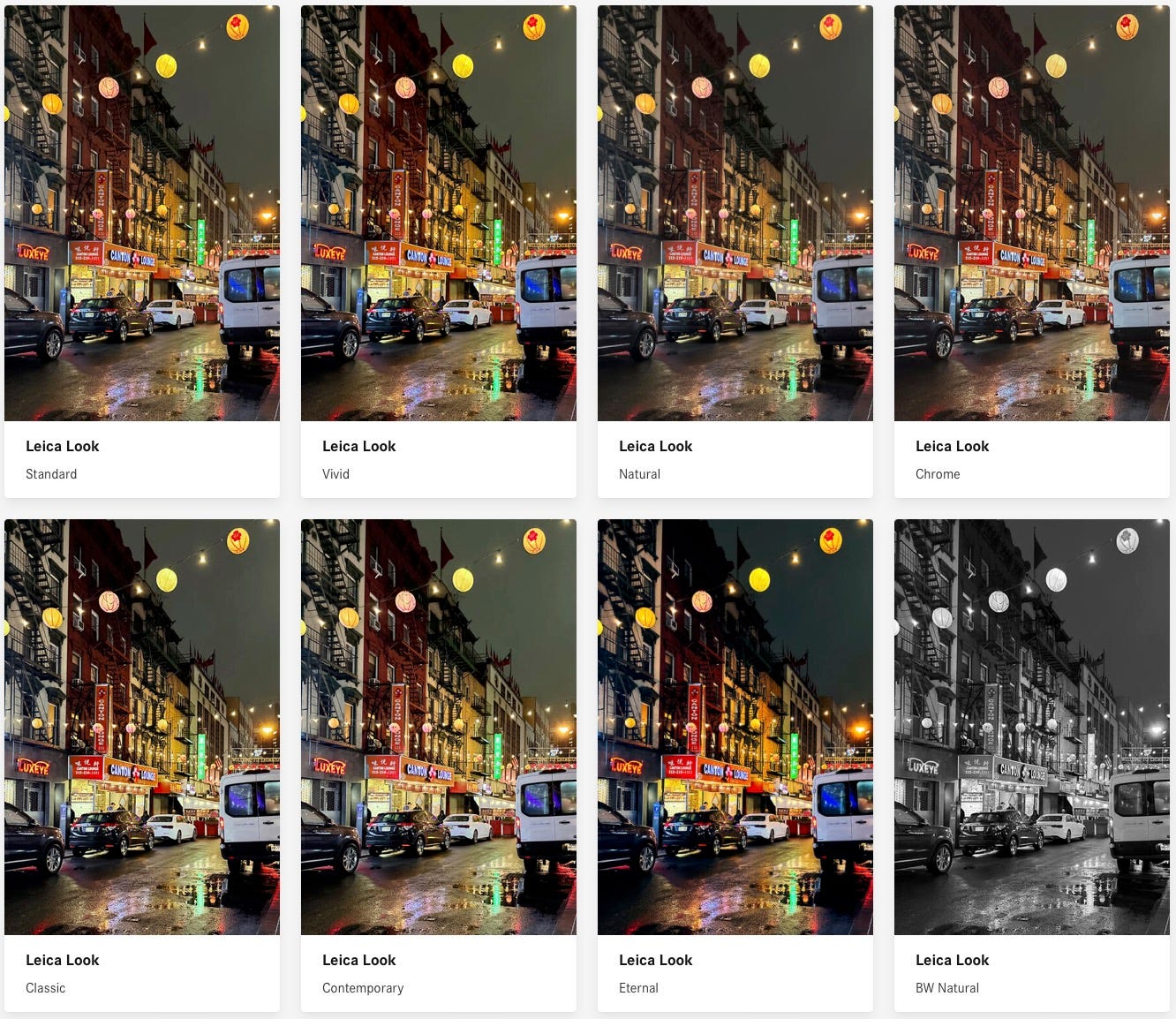Beyond the Frame 19/
Join me on a leisurely summer walk, plus Conkers! (Also documentaries, a photo contest, and a new Leica iPhone app.)
It’s 5pm on Tuesday. I’m sitting dutifully at my desk with a list of things to write about for this edition of Beyond the Frame. But, look, it’s gorgeous outside. The sun is shining, the sky is blue… can I make a suggestion?
Let’s have an early dinner and go for a walk. We can grab our cameras, cross the river and have a pint at a hilltop cafe overlooking Geneva. I can tell you about the things on my list as we walk, and we’ll make some photos along the way.
Great! I love it when a plan comes together.
Kodachrome Presets
So, I’ve got my Leica M11, a 28 and a 90. Oh and I can use the photos from our walk to test my new Kodachrome presets. Yes, I have been promising to update my much loved Kodachrome presets for a long time but I’ve finally finished the new emulations and they’re ready for testing.
(All of my photos in this edition were processed with the new Kodachrome Lightroom presets, which will be available soon. Founder Members will receive a free download, paid subscribers will be able to claim a discount. Watch this space!)
Did I show you my conkers?
Conkers. You know. From a Horse Chestnut tree.
There are seven conkers above the fireplace. I’ve collected one each year since we left Thailand. Five from our five years in Vienna, one from our year in Rome and one, so far, from Geneva. Soon there’ll be eight.
People who didn’t grow up in the UK are sometimes puzzled when Brits get excited about conkers. As kids, we’d collect them and tie a knotted shoelace through a skewered hole. Then we’d take turns whacking each other’s conker until one broke — or until somebody lost an eye. Simpler times!

You would never have found a conker on the ground in England when I was a kid. They’d have been scavenged by conker-crazy schoolchildren. You would also never have seen a child with laces in their shoes in the autumn. All the shoelaces were tied to conkers.
See that giant Horse Chestnut tree that guards our apartment building? I adore it. When you sit on our balcony it feels like you’re in a lofty tree house — and there’s a birds’ nest about half-way up.
Right! Let’s walk.
Pasang & Baato
You may remember in last week’s newsletter, we were talking about Mountain Queen, the Netflix documentary about Lhakpa Sherpa?
Aileen kindly reminded me of Pasang: In the shadow of Everest, a related film about Pasang Lhamu Sherpa.
Although Lhakpa Sherpa is credited as the first Nepalese woman to successfully summit Everest and return, Pasang actually reached the summit before. Sadly, the mountain claimed her life as she descended. The film tells how her determination allowed her to overcome the many obstacles facing a woman in what was, and which remains, very much a male-dominated world.
Pasang is available to watch on Amazon Prime.
I’ve been trying to watch another Nepalese documentary film. Baato tells the story of how the construction of a Chinese highway affects local communities.
“The film is a deep dive into a way of life that is in the midst of a slow and chaotic, yet inexorable transition. Through the subjects’ experiences, a document of a time and place emerges - one that details life in the Himalayas before a new highway forever transforms this mountain landscape.”
Baato is available to watch on Amazon Prime in the United States.
Sadly, Baato is not available on any platform outside of the US. I’ve been in touch with the film’s director, Lucas Miller, with a view to securing a UK/EU streaming option but so far haven’t been able to watch the film myself.
If you’re in the US and watch Baato, I’d love to hear your thoughts.
Saint-Jean
We’re standing above the railway line that runs out of Geneva towards Paris. It used to just be an open cutting before it was converted into a tunnel and these lovely wood panel buildings were constructed above the line. Here’s the library.

Typically Swiss, the library doesn’t just lend books. It has a seed exchange too. You can collect seeds for free, drop off surplus seeds from your own garden…
I don’t know what type of wood that is. Beech? Birch? Pine? As it weathers it reveals that lovely orange colour. Somebody will know what sort of wood it is.
There’s a Tai Chi studio, a carpenter’s workshop, several artists’ studios and a pottery place where classes are available. Oh, and here’s a new restaurant, Le Picotin. It’s always busy but we won’t stop today, I want to show you the rivers.
Those books and toys haven’t been dumped. It’s a neighbourhood sharing library. There are a few dotted around. People leave things they no longer want, you pick up what you need. Nothing is there for long.

World Travel Photography Awards
You might be interested in this competition, organised by JRNY Travel Magazine.
JRNY is an excellent, relatively new travel magazine, which I can recommend. It’s not filled with the sort of paid-for “Advertorial” features which blight so many travel magazines and despite the elusive vowels in the magazine’s name, the writing inside is first class. The photography is pretty impressive too.
The World Travel Photography Awards are free to enter and there’s a prize. But winning the award would be more illustrious than any material gain.
The Bridge
We’ve reached Viaduct de la Jonction, the railway and pedestrian bridge that crosses the Rhone. What you can see is the Rhone on the left and the Arve on the right. The Rhone flows from Lake Geneva, the Arve is much smaller and carries a lot of glacial sediment, which is why the two rivers are such different colours.
Can I tell you three interesting things about this bridge?
It carries two railway lines and a footpath and was completed in 1945.
OK, yawn, I know. So can I tell you two interesting things about this bridge?Very few people know that there’s a hidden Geocache half-way along the bridge.
Best of all, if you run your hand along the railings, they sound a lot like Tibetan Singing Bowls.
You’re right, we should keep moving. Sorry.
Now we’re climbing the switchback footpath through the trees to Bois de la Bâtie. I think we’ll find the best views of the city from up there.

Bois de la Bâtie
This is the largest park in Geneva. It’s open 24 hours a day and is home to the Parc aux animaux du Bois de la Bâtie. You might not even realise there’s an animal park here. We didn’t for a long time. There are a series of gates in the fence, no signs, no entrance kiosk, no ticket office. You just open a gate and walk in. Mrs. G. kept hearing peacocks and went to investigate. If she hadn’t been so curious, we might never have discovered it.
There’s an impressive collection of animals inside. Goats, sheep, ibex, woolly pigs. Yes. I did say Woolly pigs. They’re pigs and they’re woolly.
We’ll see various ducks and geese, a pair of imperious swans, lots of shouty peacocks, a one-eyed owl and, down at the far end of the park, two mischievous magpies. They perch on the fence and peer at visitors from one eye. It’s a little disconcerting.
Magpies are very clever. We tried talking to them, “Hello. How are you?” But they didn’t reply. Until we began to walk away and one magpie chirped, quite sarcastically, I thought, “Ça va?”
Because, you know, we’re in French-speaking Switzerland where magpies don’t respond to English. Sometimes magpies are cleverer than people.

Leaving the park, we’ve reached the top of Bois de la Bâtie. Time for a rewarding pint whilst we enjoy the view as the sun sinks, bathing Geneva in golden light.
Leica Lux
Did I mention that I’ve been beta testing Leica’s new iPhone app, Leica LUX.
The app emulates the look and bokeh of many of Leica’s favourite lenses, including the Noctilux-M 50mm f/1.2, Summilux-M 28mm f/1.4 and Summilux-M 35mm f/1.4.
The most recent update added the Summilux 90mm f/1.5 ASPH, which at $14,000 for the real thing might mean the emulation is the closest many of us get to using one.
There are also 12 Leica “Looks”, including Vivid, Chrome, Contemporary, Black & White and Sepia.
Now, obviously, the only way to really achieve the “Leica look” is to use actual Leica cameras and lenses but Leica LUX does a decent job of producing Leica-style images from an iPhone.
I’ve found the ability to quickly switch between different lens emulations interesting and when I’m not carrying my cameras, the phone allows me to make photos whilst remaining in the same Leica headspace that I’m familiar with.
Leica LUX is now publicly available for the iPhone and can be downloaded from the App Store.
Heading home
That was a delicious pint. I could have had another. I’m sure the flavour of all beer and wine is enhanced when it’s enjoyed at the end of an excellent walk and when it’s sipped outdoors in the sunshine.
We’re heading back to the river but there’s one final treat. An open-air play is being performed on the clifftop. No tickets or seat reservation required.
The plot seems to involve these two characters having a heated debate. She’s furious. He’s confused. She goes to leave. He pleads. There’s a bit of an argument. Then tears and, finally, reconciliation.
She sits on the fence. He approaches tentatively. “Ça va?”
Before she can answer, a bird-like caw comes from the direction of the animal park, “Ça va très bien, merci.”
Fin
If you would like to play me at Conkers, I’m taking bookings for September. If you’re not available for Conkers then perhaps you’d share this newsletter with a friend. Sharing, as you and I know, is caring.
Cheers!
Beyond the Frame 18/
Answers to: Why is Milan Man spinning around? Is there really a monk on the Cathedral roof? Which part of the Milanese bull has been reinforced? Plus, What’s a Splash Screen and can I make one?














Wonderful writing Gavin. Inspired me to take more photos when I’m out and about.
Loved this. Thanks! for the video recommendations. Curious what characteristics of the 28mm lead you to use it when you don’t have a close foreground. Trying to learn